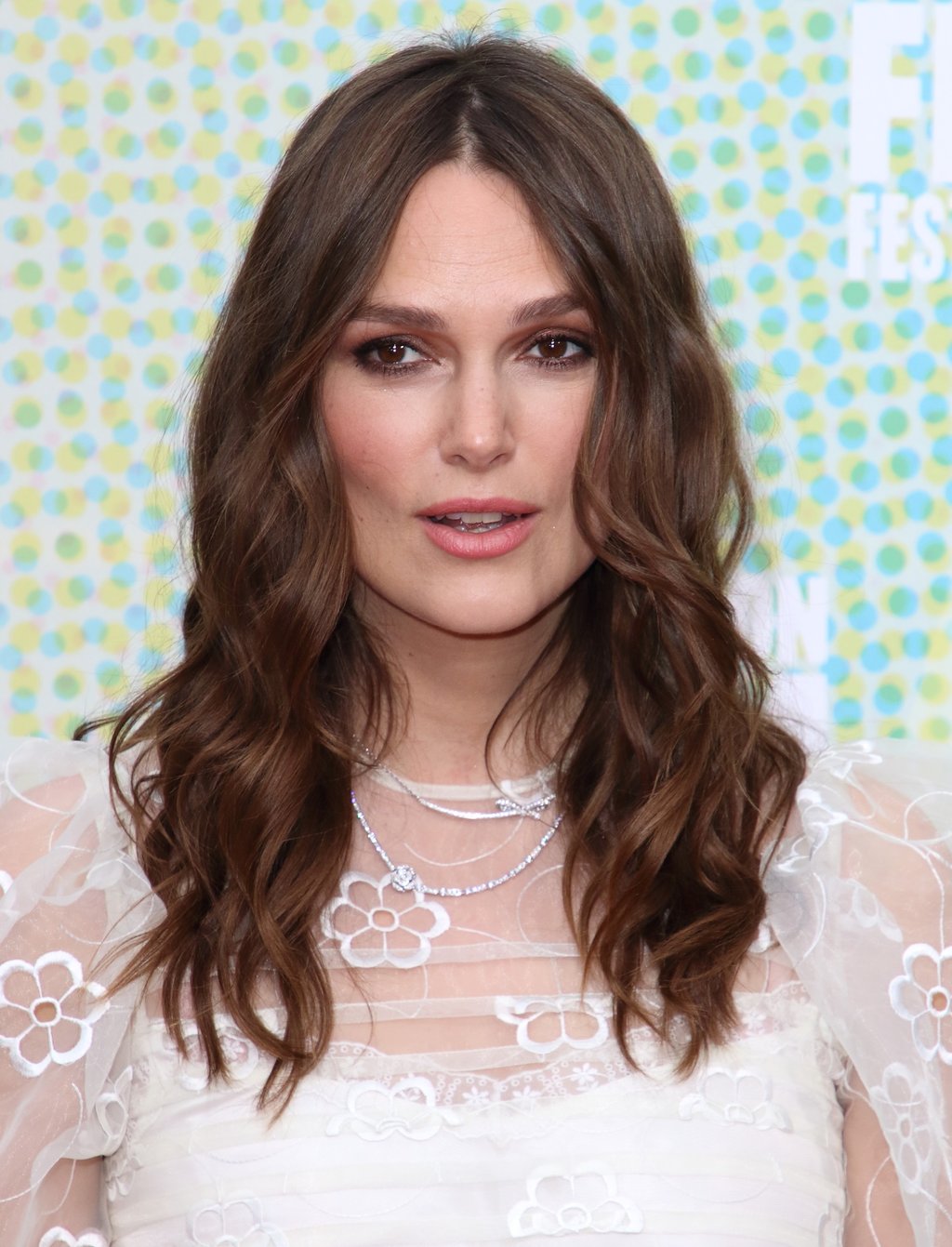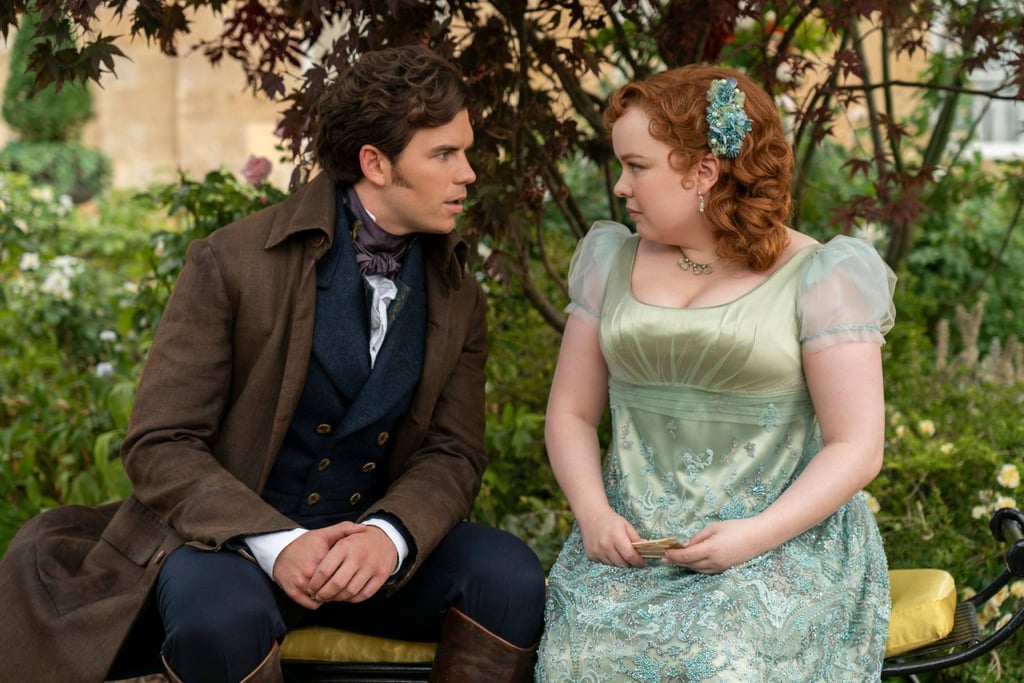Wigging out: Hollywood’s not-so-secret love affair with hairpieces, from Bridgerton and Zac Efron in The Iron Claw, to bold off-screen statements from Lady Gaga, Kylie Jenner and Nicki Minaj

- Nicola Coughlan wears more than US$55,000 worth of hairpieces in Bridgerton, and Keira Knightley revealed she’d been wearing wigs for years to deal with hair loss
- Efron’s wig helped transform him into an 80s wrestler, Jenner’s locks resembled a highlighter, Katy Perry rocked blue hair, and Cardi B channelled the Little Mermaid
From the glitz and glamour of movie sets to IRL image transformations, wigs are the ultimate styling weapon – and a not-so-secret secret in Hollywood.
Tinseltown’s love affair with wigs goes way back to the golden age of cinema. Wigs were essential for quick role changes and for creating those iconic star personas. Over the years, wigs have evolved from practical tools to high-fashion statements and bold expressions of character. Today, they let celebs change their looks so dramatically and quickly that we’re often left wondering if their fabulous hair is real.


Luxury wigs offer a natural look and feel that synthetics can’t match, creating a market that’s exclusive and often pricey. “High-quality wigs are typically made from 100 per cent human hair. If a wig is crafted from synthetic hair or a synthetic-human blend, it will not last as long,” says Brittany Johnson, licensed multicultural hairstylist and director of brand & content marketing at Mayvenn, a brand offering high-quality virgin human hair and extensions (virgin hair has never been subjected to colour treatments or other chemical processes).

“Higher-quality wigs also have a more consistent density, meaning they are fuller from root to tip and won’t have ends that appear to be much thinner than the base of the wig,” Johnson continues. She explains that if a wig is 20 inches long, for example, most of the hair used in the wig should be 20 inches long. However, a lesser-quality wig will have a lot of shorter hairs spread throughout the unit, “creating the illusion of weight when the ends are actually very sparse”.